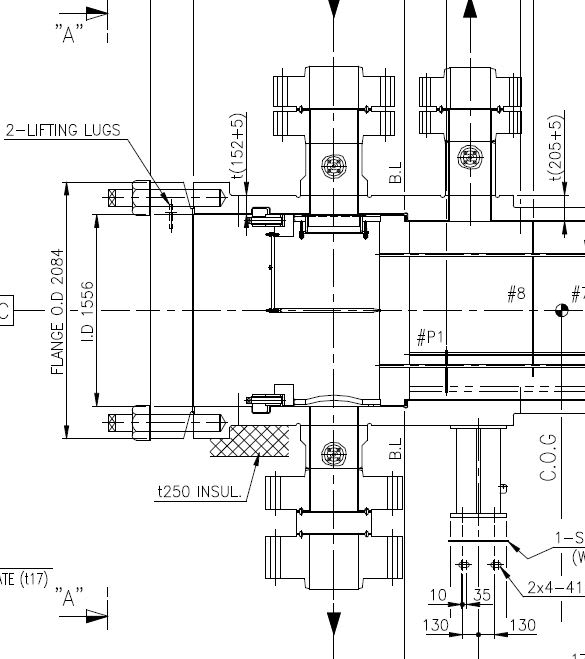Chengin
Chemical
- Nov 1, 2017
- 12
Hi,
I'm a project engineer working for a revamping project in a refinery.
In our company, there are several RDS process unit, which processes under about 200bar.
I found that some heat exchangers in RDS unit are breech lock type, which built 20years ago.
But some heat exchangers in other RDS unit built last year are D(modified D) type.

I think D type is better with respect of maintenance and price, because it doesn't need diaphram plate.
So I wonder what type of heat exchanger people choose these days when in comes to high pressure.(Design pressure is about 200bar)
Also I would like to know if there is any criteria for choosing breech lock type heat exchanger.
Thank you.
I'm a project engineer working for a revamping project in a refinery.
In our company, there are several RDS process unit, which processes under about 200bar.
I found that some heat exchangers in RDS unit are breech lock type, which built 20years ago.
But some heat exchangers in other RDS unit built last year are D(modified D) type.

I think D type is better with respect of maintenance and price, because it doesn't need diaphram plate.
So I wonder what type of heat exchanger people choose these days when in comes to high pressure.(Design pressure is about 200bar)
Also I would like to know if there is any criteria for choosing breech lock type heat exchanger.
Thank you.
